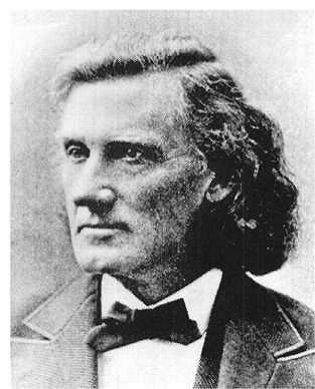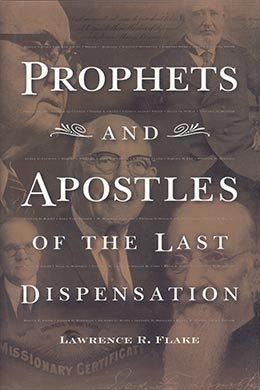John Farnham Boynton
Lawrence R. Flake, Prophets and Apostles of the Last Dispensation (Provo, UT: Religious Studies Center, Brigham Young University, 2001), 375–76.

Born: 20 September 1811, Bradford, Massachusetts
Quorum of the Twelve Apostles: 15 February 1835 (age 23)
Disfellowhipped: 3 September 1837
Excommunicated: December 1837
Died: 20 October 1890 (age 79), Syracuse, New York
When he visited Utah in 1872, John F. Boynton had been estranged from the Church for thirty-five years. One of the original Twelve Apostles chosen in 1835, John had fallen victim to the bitter spirit of apostasy that was rampant in Kirtland during the autumn of 1837. Dubbing themselves the “reformers” he and several other disaffected leaders sought to overthrow the Prophet Joseph and save the “original” restored Church. Although he confessed his apostasy and sought reinstatement to his high calling, John Boynton did not forsake his evil ways and was excommunicated from the Church. The reform movement, including the organization of the “Church of Christ” was short lived.
On 3 September 1842, in the beautiful, prosperous city of Nauvoo, Mr. Boynton called on the Prophet he had sought to overthrow. Joseph Smith had baptized him ten years earlier and had performed his marriage to Susan Lowell in January 1836. Under the Prophet’s direction, John had served three missions in the United States. No record is left of the discussion between these two former friends, but John did not reunite himself with the Saints.
Boynton’s life outside the Church was spent as a traveling science lecturer and as an inventor. During the Civil War he helped invent torpedoes and other weapons. Four years before his death in 1890 at Syracuse, New York, the United States Patent Office listed thirty-six inventions attributed to John Boynton.
During his 1872 visit to Salt Lake City, John exhibited no bitterness, even toward Brigham Young, his former associate in the Twelve who had testified against him at his trial. As he mingled with his former friends, including Lorenzo Snow, whom he had baptized, they warmly referred to him as “Brother John.” Elder Erastus Snow, then a member of the Twelve, had at the age of sixteen been ordained a teacher by Elder Boynton. When Elder Snow remarked that he had taught the same gospel ever since, John replied, “Stick to it, for it is good.” [1]
Notes
[1] Forace Green, Testimonies of Our Leaders (Salt Lake City: Bookcraft, 1958), 120; see also Calvin N. Smith, “Among First Apostles, 3 ‘Forgotten,’” Church News, 25 February 1989, 7.
